Up Next

Of all the new, returning and unusual circuits on Formula 1’s jumbled 2020 calendar, Algarve is the most curious because it is the least well known. It is a former F1 testing venue and a well-used location for junior categories, so plenty in the paddock have experience there. But in contemporary F1 terms, it’s an exotic addition to the schedule.
Several drivers are salivating at the prospect of attacking the Portuguese circuit. Williams driver George Russell, one of the rare few to have driven it in an F1 car after a preparatory Mercedes test in 2017, tells The Race it is “one of the most exciting circuits of the new generation of tracks built in the last 15 or 20 years”.
“It’s really undulating, a lot of blind corners, not a huge amount of runoff in certain places,” says Russell. “And a lot of character for a new circuit which we don’t often find these days.
“When I first went there, I was a little bit blown away by how just impressive the whole layout of the place was. That was before I even drove a lap.”
THE UNDULATING LAYOUT
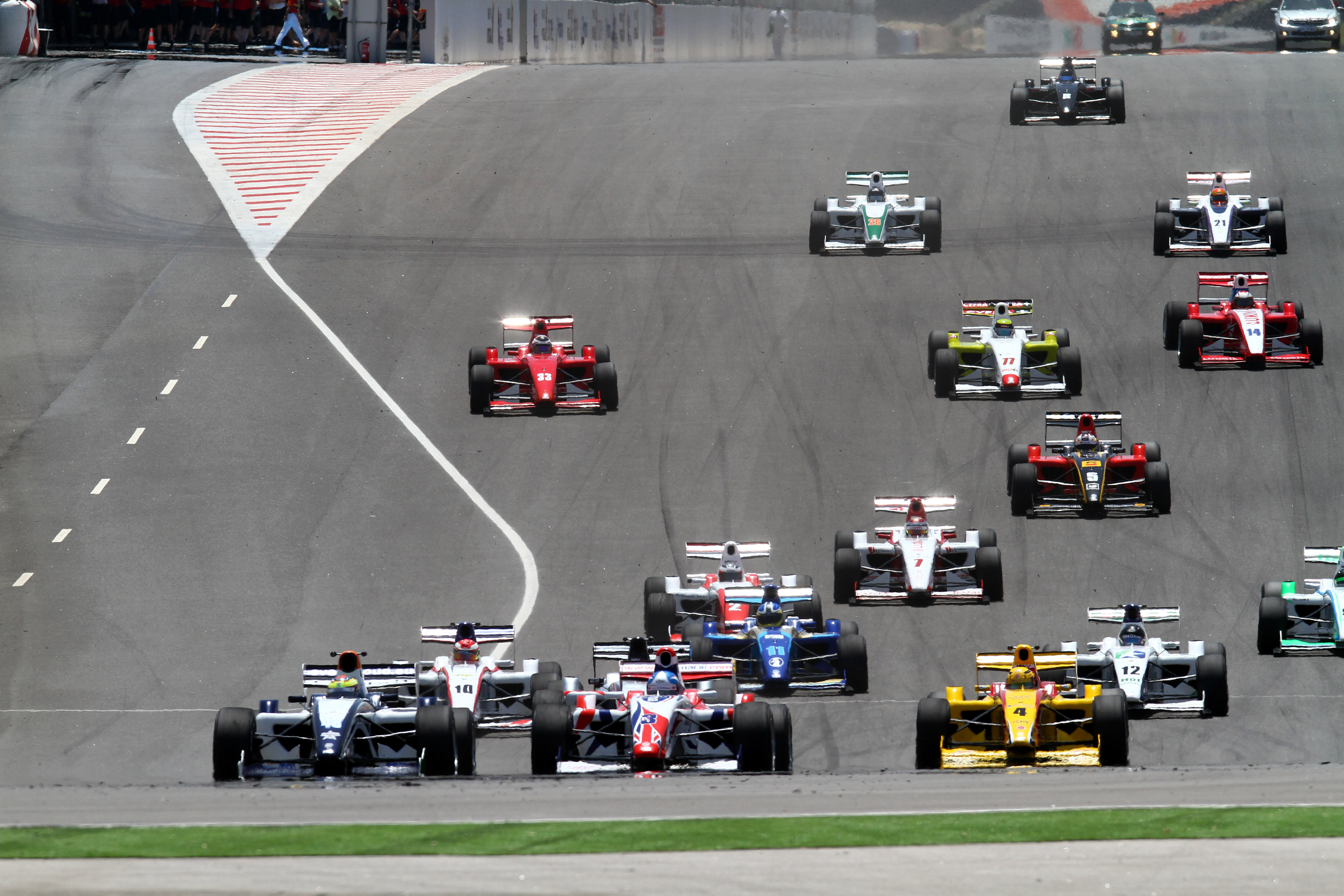
The Algarve circuit is such an undulating ride that even the start-finish straight (above) has a major elevation change, with the track rising a lot before the start-finish line.
Turn 1 will be a very fast right-hander, down just two gears according to Mercedes, before a lot of lateral load into the first of many hairpin-esque corners, rises, falls, tricky traction zones and blind corner entries. It has been described as a real rollercoaster venue – a mix of Barcelona, Interlagos and Spa-Francorchamps because of how the layout of the track combines with the topography.
“There’s a lot of corners that go over crests on exit,” says Russell. “So I think you’ll be struggling for traction in a lot of places, and it’s very bumpy, which it will be difficult to set the cars up.
“I think we will see a bit of an upset in the order because it’s a new track, nobody’s got experience there, it’s a very challenging track to set the car up with the bumps, the nature of the corners, with the downforce level as well because you do have a big long straight, followed by a lot of medium speed corners, so it’ll all be a challenge.

Russell’s primary experience of Algarve comes from his European Formula 3 days in 2015 (above). Back then, that year’s champion Felix Rosenqvist won two of the three races in Portugal.
“It’s a cool lap,” Rosenqvist tells The Race. “A qualifying lap is gonna be really, really fast and flowing.”
Ex-Renault F1 driver Jolyon Palmer, who raced at Algarve in Formula 2, thinks the track will pose “a really different challenge”.
“There’s a lot of blind brows and a lot of downhill braking zones, really tricky lateral braking zones as well – sort of cornering and braking at the same time,” he says.
“When I last drove it, it was seriously bumpy in a couple of major places. I think the drivers will have a bit of a shock if they haven’t [removed those bumps].
“There are a few reasonably quick corners, but then just long corners as well, and just super undulating as well. I really enjoyed driving it.”
THE SURFACE
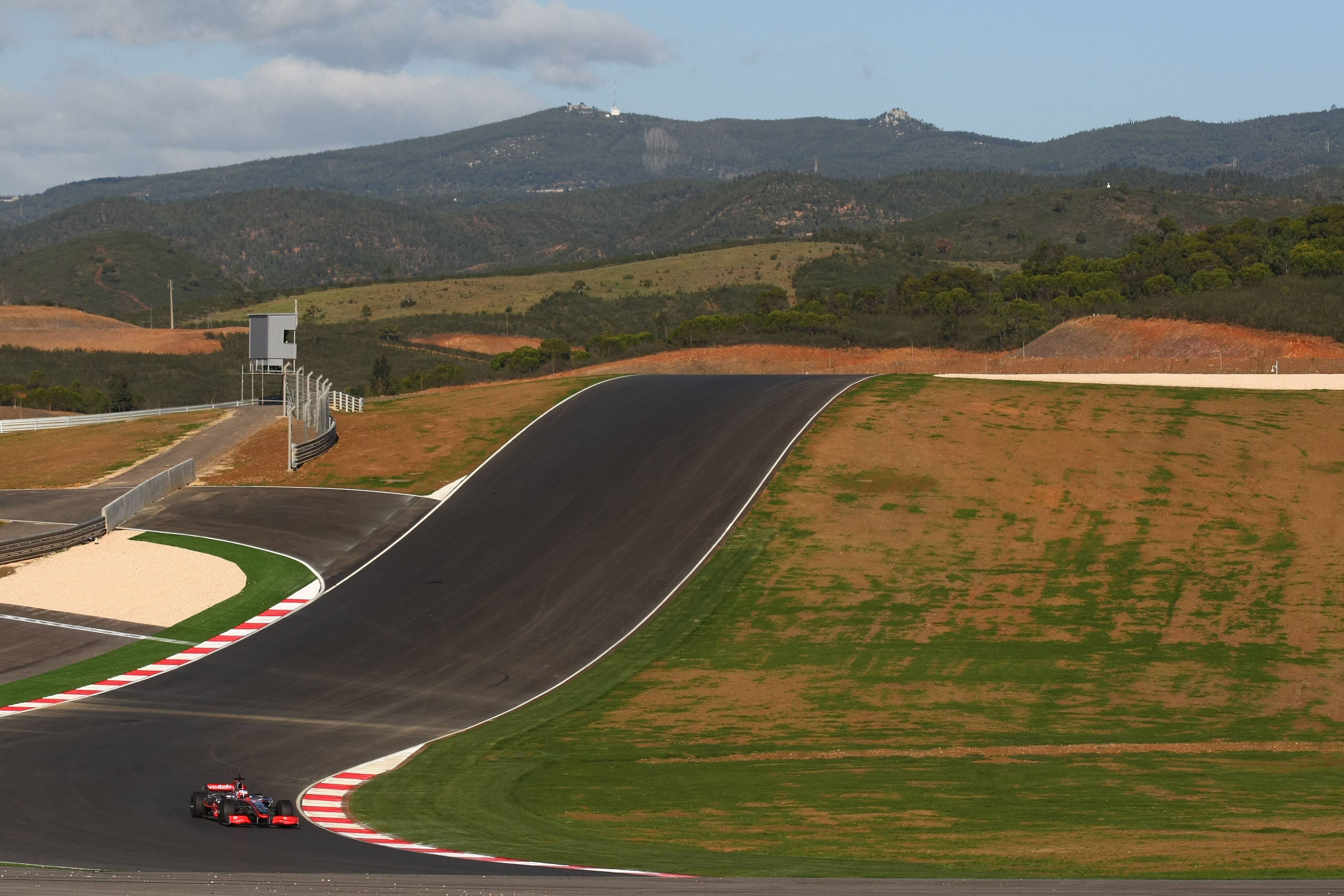
Russell, Rosenqvist and Palmer shared almost identical memories of the Algarve surface, but it will be different this weekend as the track has been resurfaced in anticipation of its F1 debut.
“It’s a very bumpy track so when I saw the news I was expecting that they will resurface it,” Rosenqvist says. “It’s way bumpier than some of the tracks that F1 is already complaining about, like Austin, for example.”
But as Silverstone discovered a couple of years ago, resurfacing doesn’t mean the circuit suddenly becomes a snooker table.
That means the Algarve track’s character should remain. It will be interesting to see how the surface is now because as well as being bumpy Russell says the tarmac was previously very rough, which combined with warm temperatures produced high degradation in the tyres.
“Probably the only downside to it is how bumpy it is,” says Russell. “It’s very difficult in that part of the world, the heat they have in Portugal and the land I don’t think it’s the most stable. And with the heat, it moves and rises quite a lot, which causes a few issues.
Russell reckoned a two-stop strategy was therefore “feasible, or likely” but Pirelli has opted to bring its three hardest compounds and adjusted the mandatory allocation to give drivers an extra set of hards in place of the softs. The Italian company admits it is a conservative option because of the circuit’s demand on tyres and the potential for warm weather.
However, Russell believes that even a conservative tyre choice wouldn’t stop it being a high-deg circuit, and Palmer believes it will be hard work at the rear of the car.
“There’s a lot of really tricky traction zones, over crests as well so the car goes quite light quite a few times, which makes it really difficult to get on the power,” says Palmer.
“And you slide a lot more at the rear and you hurt the tyres. So I think that will be really high deg compared to most tracks on the calendar.”
THE SPECTACLE
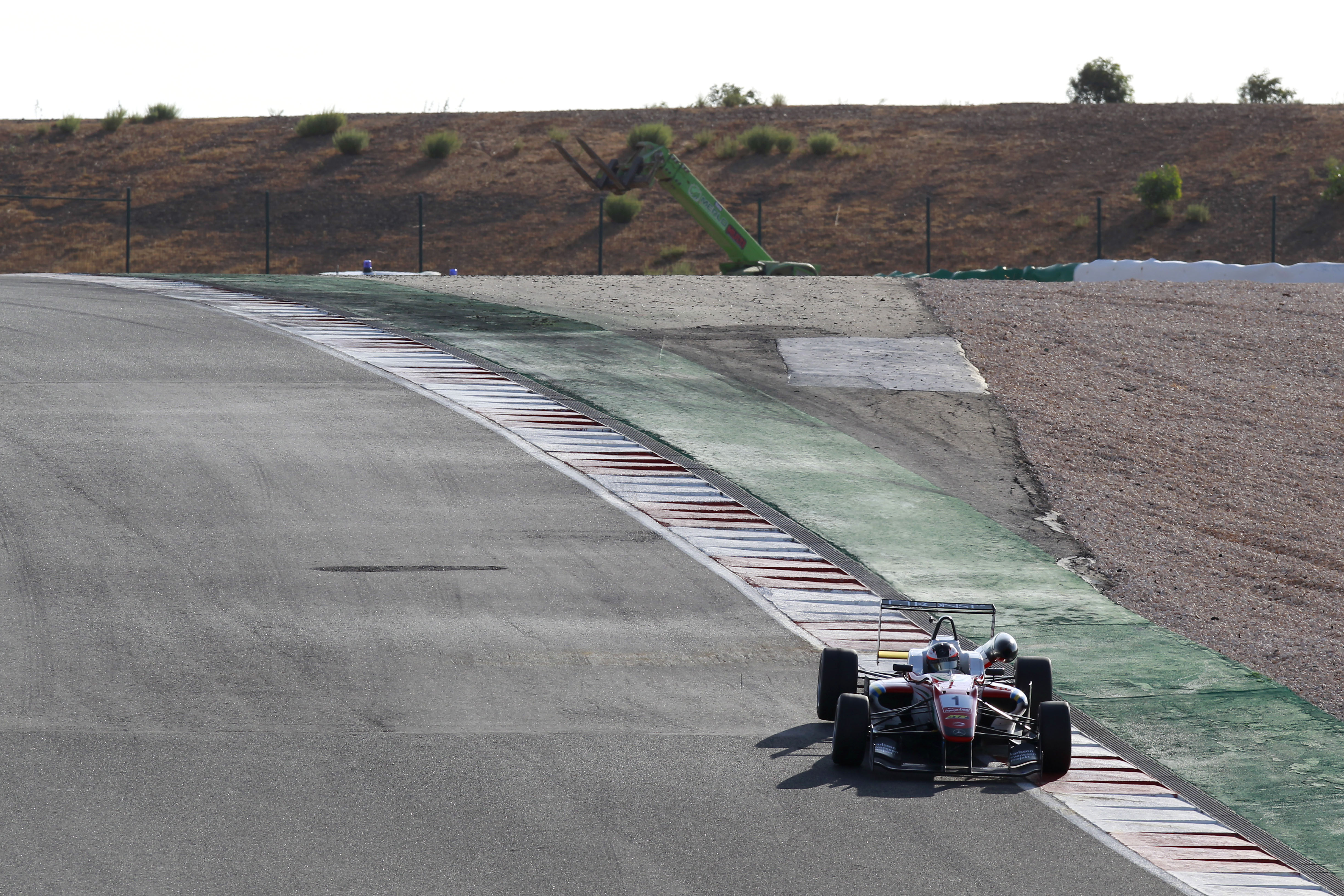
The good thing about Algarve is it should be an excellent test of man and machine, particularly on Saturday in qualifying.
“As a layout, the amount of character it’s got, I think it is a really great circuit to drive,” says Russell. But he cautions: “How that will translate into racing with overtaking, I’m not overly sure.”
With only one DRS zone down the main straight, which follows a flat-out run through the long final corner, overtaking at Algarve could be reduced to DRS drive-bys. Though the drag reduction system rarely seems to achieve its real purpose of allowing drivers to challenge into braking zones rather than just blast past on the straights, the fact Algarve’s first corner will be taken at over 200km/h rules out any chance of someone diving by on the brakes.
“I don’t see much overtaking, to be honest,” says Palmer. “When I drove it they had a reasonably quick first corner. You come in, down a couple of gears and chuck it in.
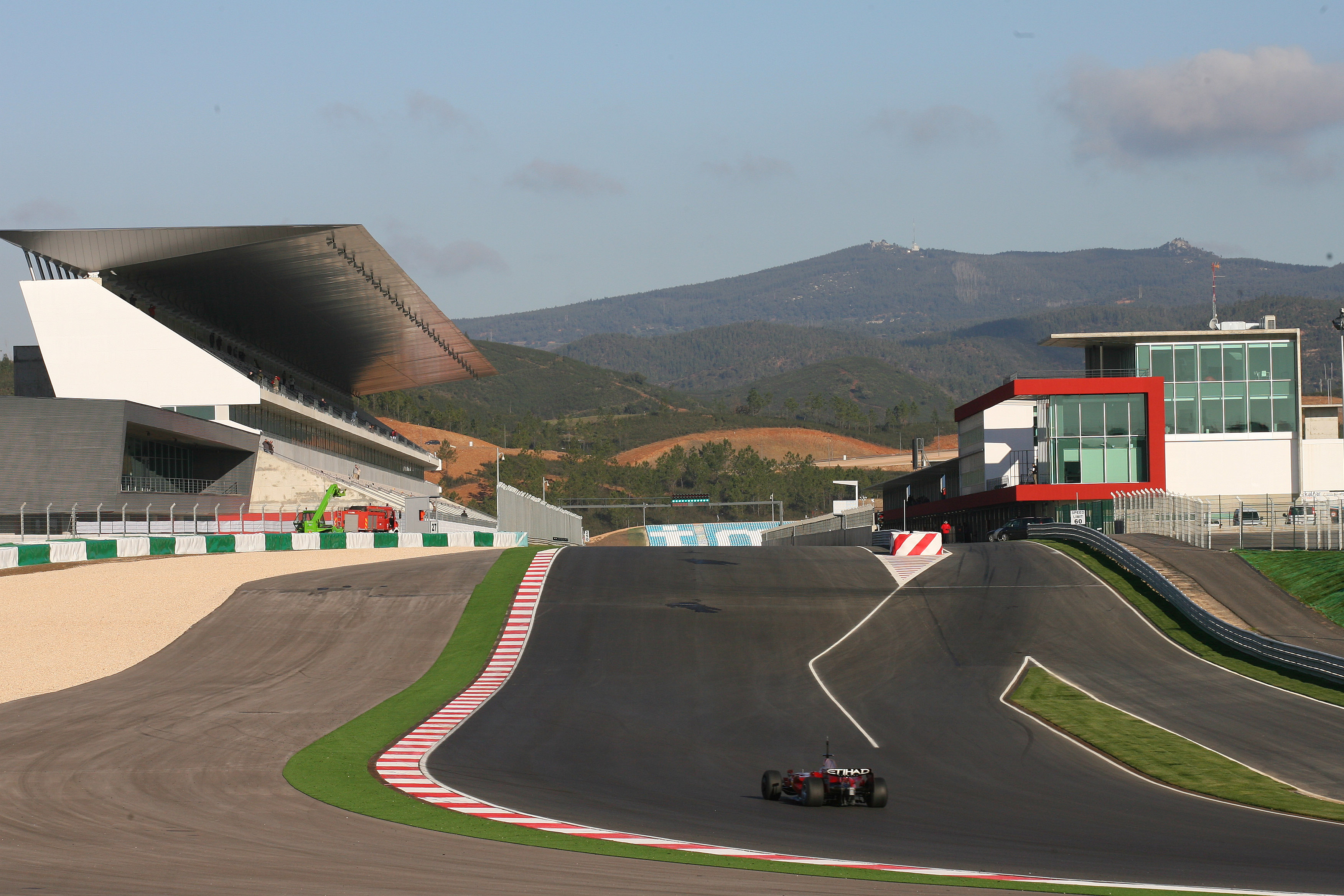
“They had a tighter version as well, where it’s just a bit more of a tighter right hand, but it’s not being used. It’s not going to be a great overtaking spot. And there’s not really anywhere else.
“So, it’s gonna be a really fun one for the drivers to get up to speed, quite a difficult one to get up to speed on. And Saturday is gonna be pretty crucial.”
There were similar fears when Mugello was added to the calendar. The prospect of cars attacking the Italian track in qualifying was considered a worthy trade-off for the expected lack of close racing on Sunday given it is a high-speed circuit with only one big braking point – and even Turn 1 was a fourth-gear corner.
However, it turned out to produce an interesting race. Mugello benefits from a Turn 1 corner profile that’s very, very different to the much faster Turn 1 at Algarve, so it still seems unlikely Sunday’s race will be a thriller, but Russell and Rosenqvist are optimistic.
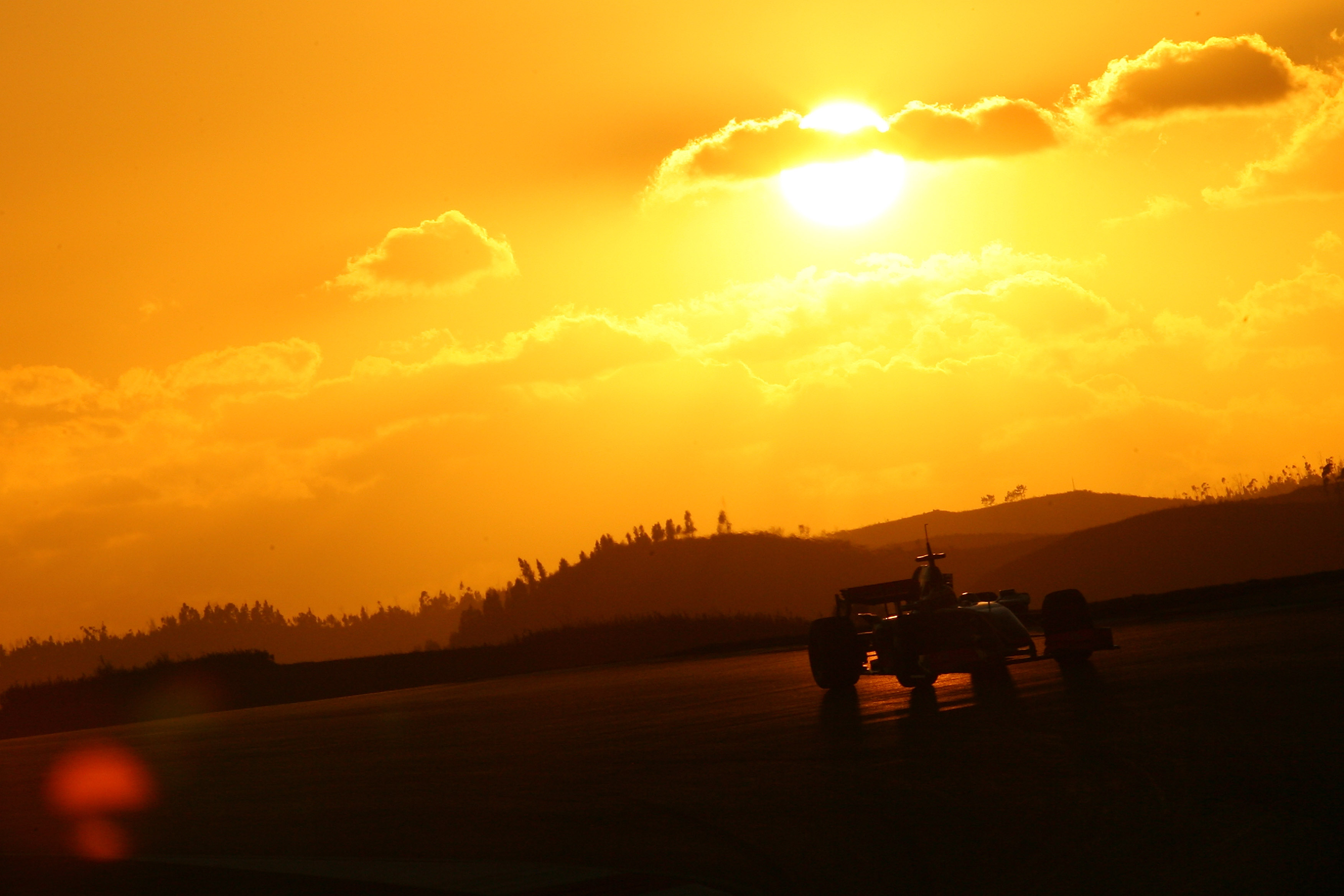
“Most drivers are gonna be excited about it and I think some good examples are like Hungaroring which is a pretty similar kind of track, and it’s always good racing there,” says Rosenqvist.
“There’s always been plenty of overtaking and even if technically when you look at the map you think there’s gonna be no overtaking it’s actually produced a lot of good races and the drivers like it so I think it could be the same case with many of these.”
Russell adds: “We’ve got tracks like Monaco on the calendar not because it produces amazing racing just because it’s a spectacle.
“People love seeing cars drive around there flat out and just watching on TV it’s exciting to see a racecar around there.
“And I do think at Algarve if F1 manages to find the right camera spots, which I’m sure they will, it’ll look fantastic.”



